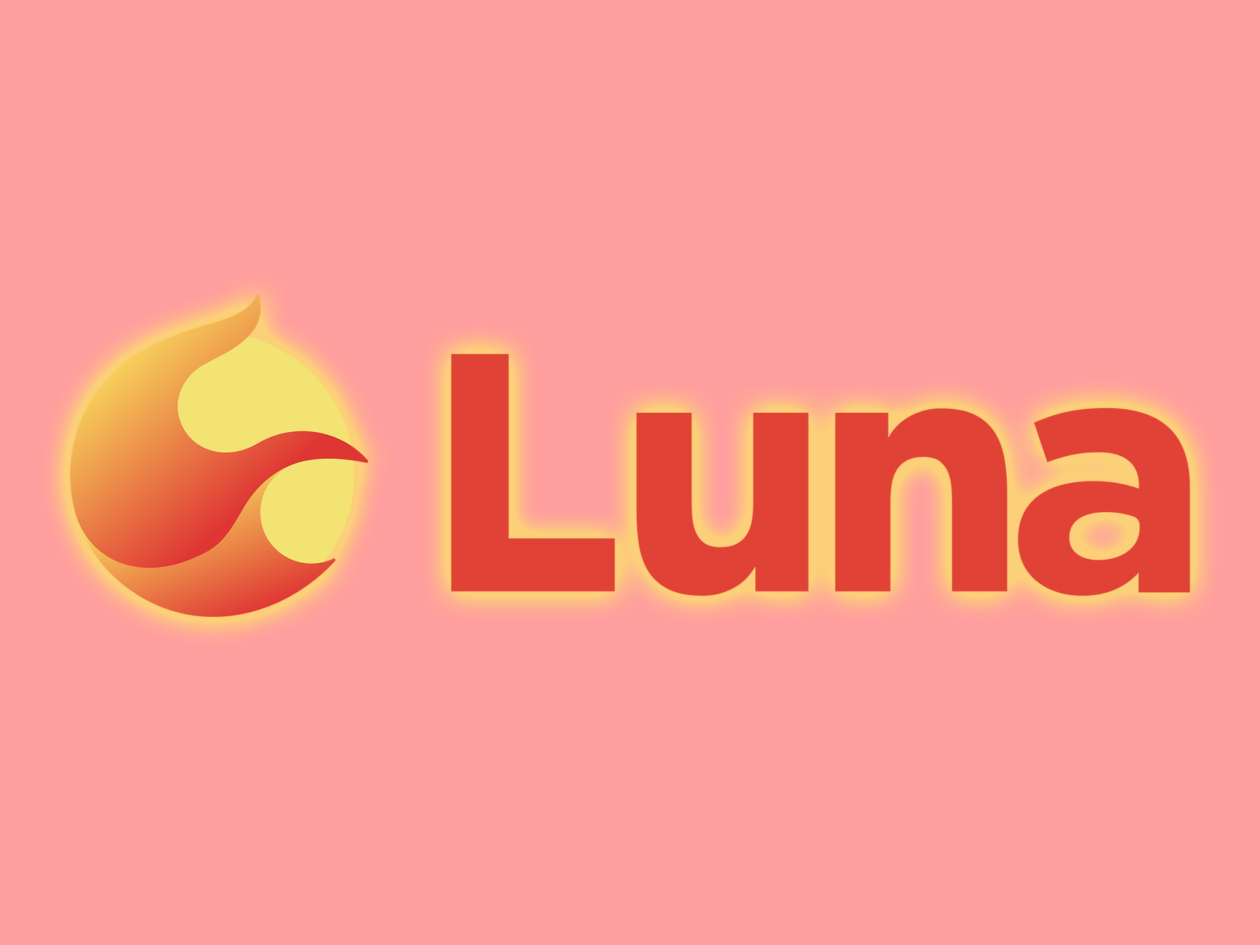The new LUNA was trading under US$6 on Monday morning Asia time, after peaking at US$18.87 shortly following the launch of the Terra 2.0 blockchain on Saturday, according to data from CoinGecko.
See related article: Winning back the trust of the Terra community a tall order for Do Kwon: Experts
Fast facts
- LUNA Classic (LUNC) and Terra Classic USD (USTC, formerly UST) holders were issued 70% of LUNA 2.0, with varying vesting and cliffs depending on quantity and time of holdings.
- Terra 2.0 critics have questioned how the project will support itself without a native stablecoin such as the USTC, which has been left behind in the old blockchain, now known as Terra Classic.
- “The main concern is that the whole Terra ecosystem functioned based on [USTC],” said Kevin Ahn, a South Korean decentralized finance (DeFi) expert. “When [USTC] is no longer a priority, the ecosystem built on Terra won’t be compatible with Terra 2.0.”
- Terraform Labs CEO Do Kwon’s proposal to create the new Terra 2.0 chain gained a 65.5% approval in a governance vote on Wednesday.
- Terra said users can use new LUNA on decentralized applications (dApps), stake the cryptocurrency on the Terra Station wallet, and trade the asset on some exchanges.
- LUNA is being traded on exchanges such as Kraken, Huobi, and Bybit, while the world’s largest exchange Binance has listed LUNA on its separate trading zone for new tokens with higher risks and volatility.
See related article: S. Korea finance regulator to audit Terra and related exchanges





